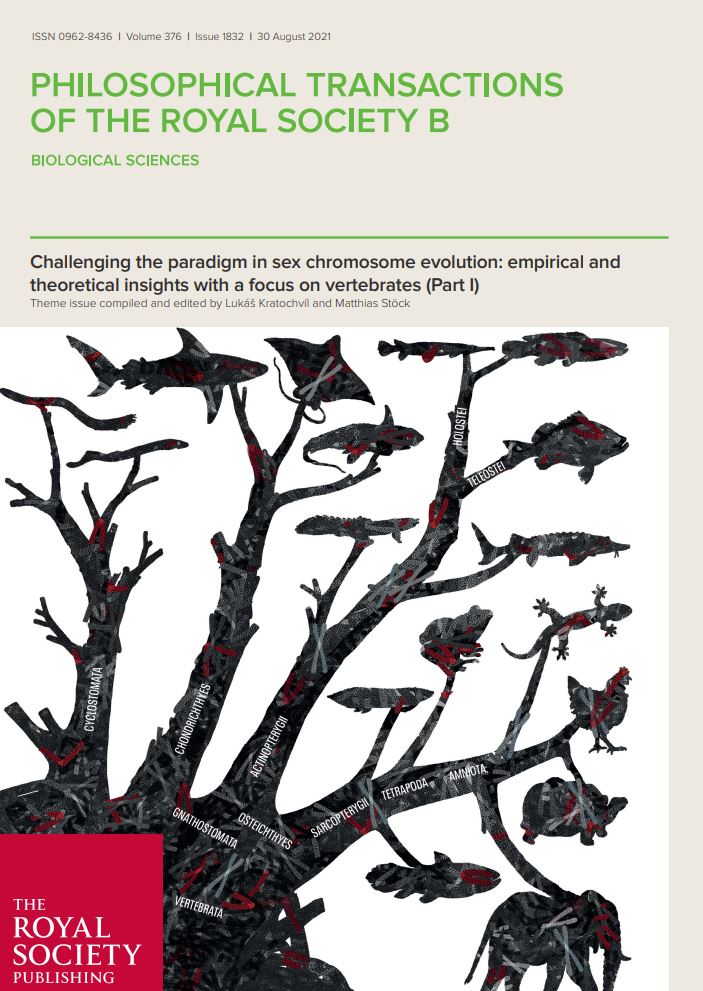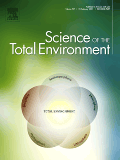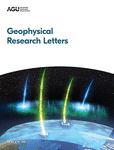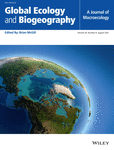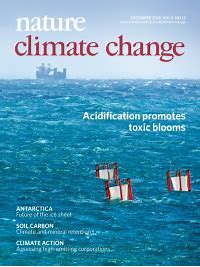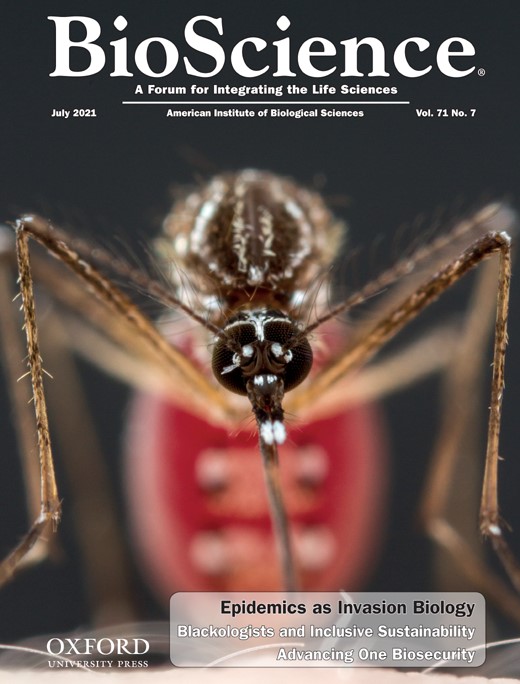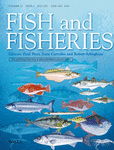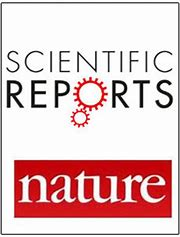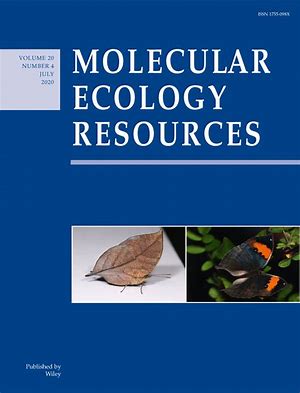Challenging the paradigm in sex chromosome evolution: empirical and theoretical insights with a focus on vertebrates (Part II): [Theme Issue]
Researchers have been studying the evolution of sex chromosomes for about 100 years. Yet many aspects of sex development in vertebrates remain a mystery. No wonder – the methods of reproduction are incredibly diverse, and some can only now be detected thanks to novel molecular methods. This special issue summarizes the knowledge. The result is a unique scientific overview: Part II.
Fulvic acid accelerates hatching and stimulates antioxidative protection and the innate immune response in zebrafish larvae
Improving growth and health parameters by immunostimulants is widely used in older fish, but rarely studied in larvae. Using zebrafish as a model organism, the authors evaluated the effects of exposure to fulvic acids (FAs) on embryonic development. They showed that FA at low to medium concentrations can increase the health of larvae, but becomes detrimental at higher concentrations.
Ice-covered lakes of Tibetan Plateau as solar heat collectors
The authors investigated the thermal properties of Tibetan lakes during the ice-covered season. They revealed that an extremely large amount of solar radiation penetrated the highly transparent ice cover. As a result, lakes fully mix under ice and get heated up to >6°C. The accumulated heat makes a crucial contribution to ice cover melt.
Challenging the paradigm in sex chromosome evolution: empirical and theoretical insights with a focus on vertebrates (Part I): [Theme Issue]
Researchers have been studying the evolution of sex chromosomes for about 100 years. Yet many aspects of sex development in vertebrates remain a mystery. No wonder – the methods of reproduction are incredibly diverse, and some can only now be detected thanks to novel molecular methods. This special issue summarizes the knowledge. The result is a unique scientific overview: Part I.
Model-based decomposition of environmental, spatial and species-interaction effects on the community structure of common fish species in 772 European lakes
The authors compared the contribution of species interactions to forming fish communities in lakes, relative to effects from abiotic filtering and dispersal. Using Bayesian models with latent variables, they demonstrate that predator-prey and competitive interactions structure biomass and mean mass of fish communities, whereas abiotic filtering and dispersal shape their presence/absence structure.
Climate change drives widespread shifts in lake thermal habitat
The authors have quantified the long-term temperature changes in 139 lakes worldwide. They analysed shifts in thermal habitats and found that as lakes warm, species will need to shift to different depths or seasons. Lakes in the tropics are particularly affected.
Viewing emerging human infectious epidemics through the lens of invasion biology
A research team has studied the close relationships between infectious diseases and biological invasions. The "One Health" approach considers the health of humans as well as animals, plants and other elements of the environment to prevent pandemics and the spread of invasive alien species.
Recreational angler satisfaction: what drives it?
What makes anglers happy? Is catch necessary? A recent global meta-analysis shows that catch and non-catch aspects jointly are relevant to angler satisfaction, but the catch and harvest component have stronger effects than most non-catch aspects.
Transformation of organic micropollutants along hyporheic flow in bedforms of river-simulating flumes
In recirculating flumes, the authors investigated the degradation of micropollutants from treated wastewater along specific subsurface flow paths in triangular bedforms. Shallow subsurface flow fields and small-scale heterogeneity of the microbial community are major controlling factors for the transformation of micropollutants in river sediments.
Improving the reliability of eDNA data interpretation
Molecular survey methods detecting DNA released by target-species into their environment (eDNA) provide cost-effective tools for conservation, yet such eDNA-based methods are prone to errors. The authors synthesized recent advances in data processing tools that increase the reliability of interpretations drawn from eDNA data.


